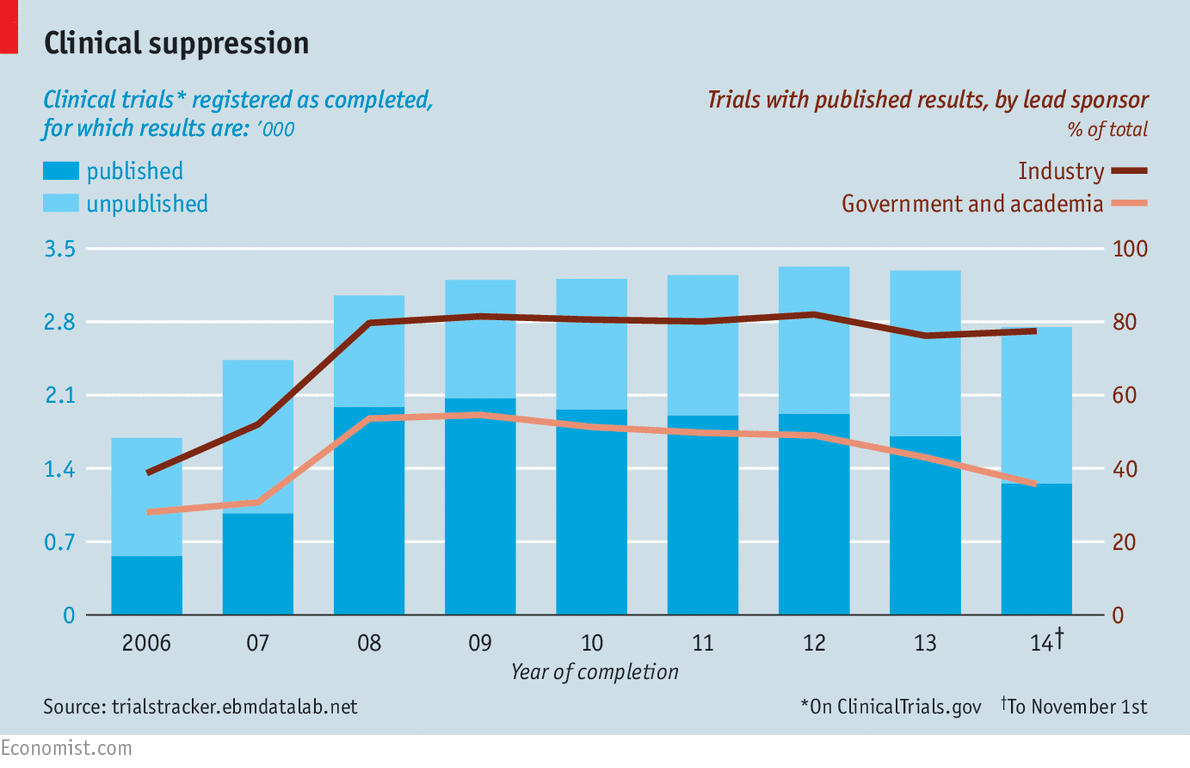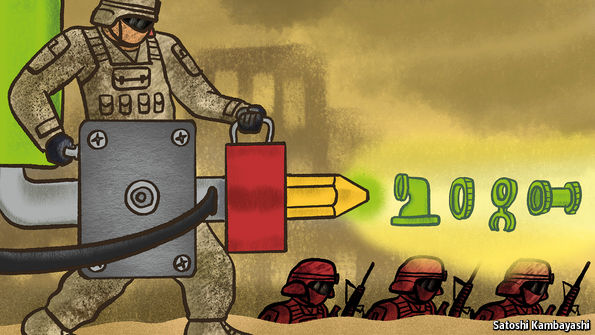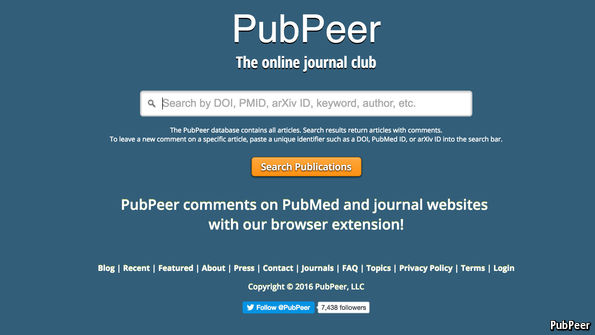Chilling time for cars

AFTER seven years of frustrated effort, climate negotiators from the 197 countries that signed the 1987 Montreal Protocol—an international treaty designed to end the use of chemicals that deplete the ozone layer—have agreed to phase out the global-warming chemicals known as hydrofluorocarbons. HFCs are the fastest-growing sector of greenhouse gases. Their use around the world is increasing by 10%-15% a year, as popular household goods that use them as refrigerants (eg, fridges and air-conditioning equipment) or propellants (eg, aerosol sprays) spread to even the remotest parts of the planet.
Though HFCs do not deplete Earth’s ozone layer in the way the chlorofluorocarbons (CFCs) they replaced back in the mid-1990s did, they contribute disproportionately to global warming, being far more potent at trapping heat than carbon dioxide is. One of the most widely used HFCs, R-134a, a refrigerant used in the air-conditioning equipment of cars, has a global warming potential (GWP) of 1,430—ie, weight for weight, it is 1,430 worse than carbon dioxide. All told, R-134a is the most abundant HFC in the atmosphere, accounting for a quarter of…Continue reading
Source: Economist








